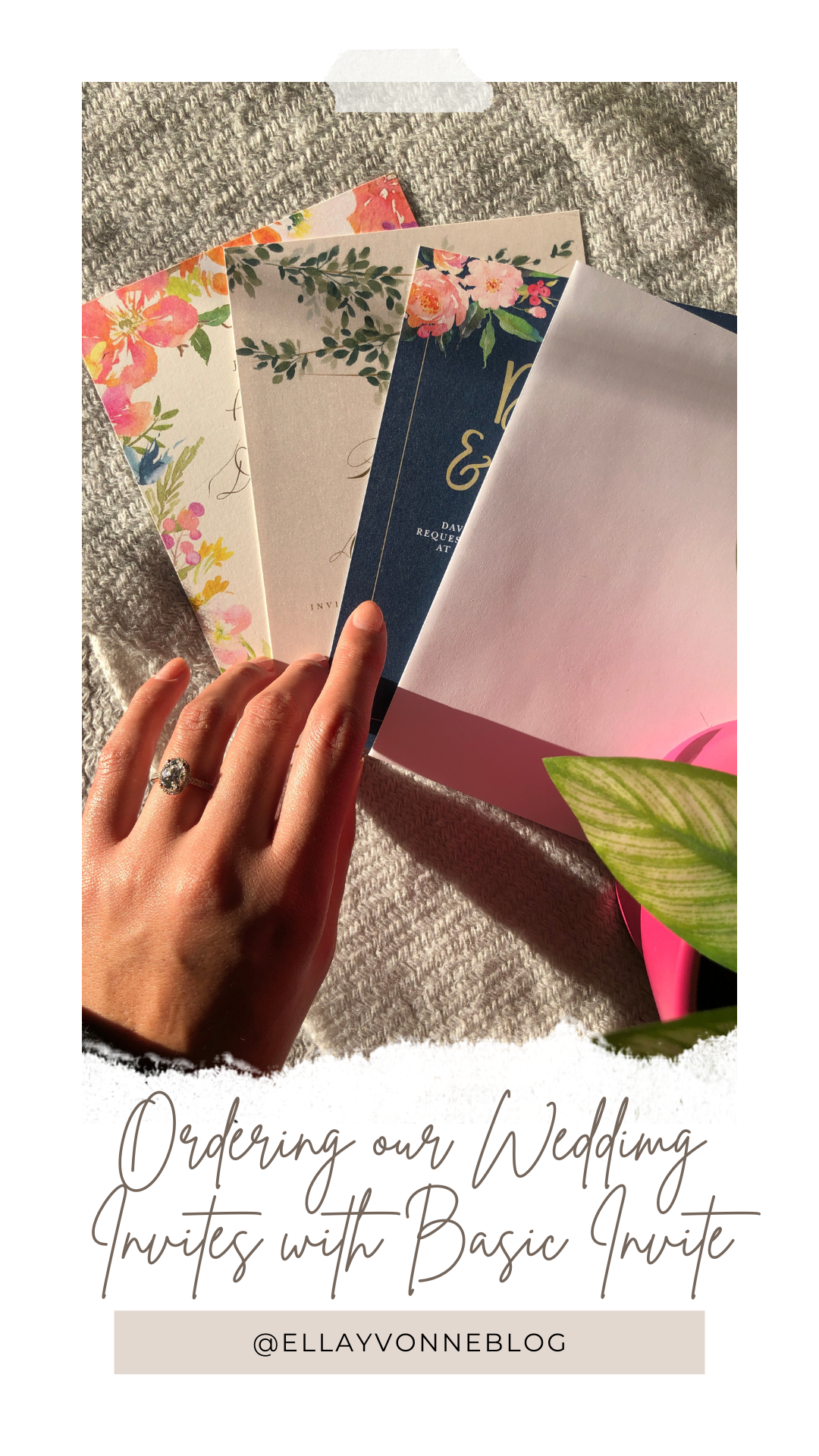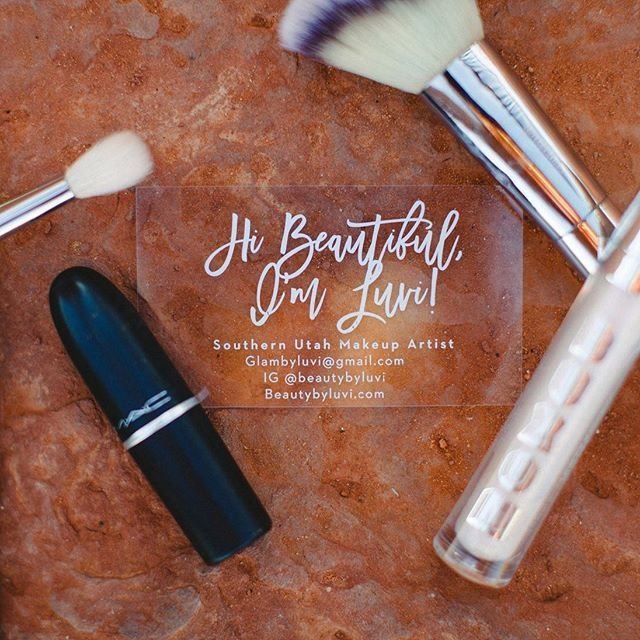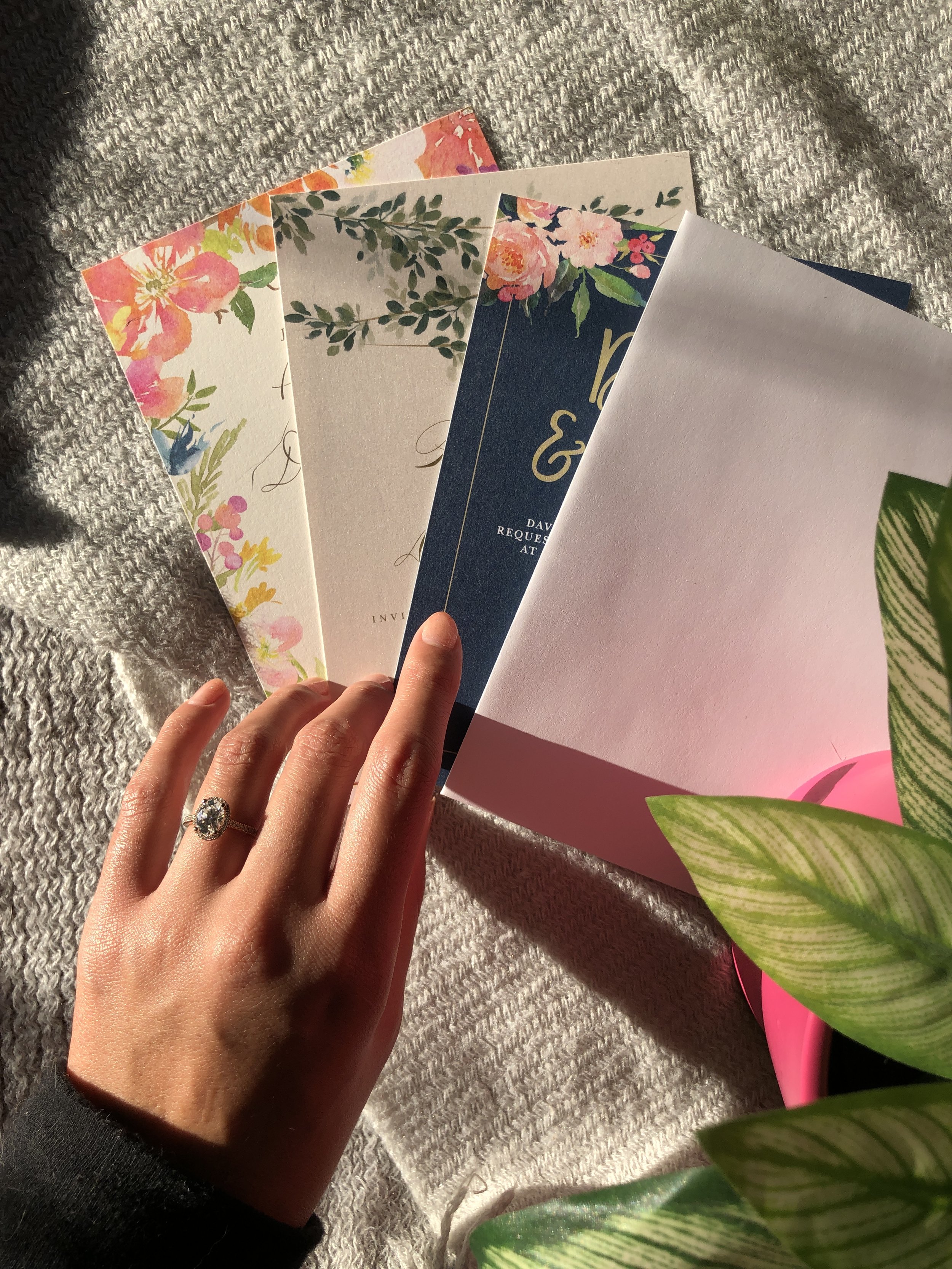Disclaimer: This is a sponsored blog post in partnership with Basic Invite. Basic Invite kindly sent me a set of sample wedding invitations for review. Opinions expressed in this post are 100% my own. Thank you for your support!
Hello, friends! If you are new around here - news flash - I am engaged! My fiance and I have been together for nearly a decade and have been enjoying an intentionally long engagement. Though we've known for a long time that we want to get married, we haven't been in a huge rush because we both enjoy taking things slowly and going against the social pressures of getting married after X amount of time. But after 2 years of enjoying our engagement, we decided it might be time to start planning this whole wedding thing 🙂
For this post, I've been working with folks over at Basic Invite - and truly the timing could not be more perfect because wedding invitations have been on my mind for the past couple of months. I'm really excited to be working with Basic Invite because it seems like they are the perfect fit for what I've been looking for and they've given me a ton of flexibility to freely give you my thoughts and honest opinions.
First, a little about me - I suck at planning events. Although I love decorating my home and love art, I really could care less about what the decor, flowers, or invitations for my wedding look like - as long as they look generally...nice? It stresses me out to think about all the little details that go into a wedding so using a website like Basic Invite that already has tons of wedding invitation templates available was great for my stress levels :)
THE OPTIONS
Basic Invite has pretty much any type of invitation or card you could possibly ask for from birthday invitations to stationery & business cards to holiday cards & christmas cards. In the wedding invitation space they also have tons of templates available for not just wedding invitations but save the dates, change the dates (hello to my fellow covid brides!), bachelorette parties, RSVP cards, and thank yous. Pretty much anything you might need!
THE CUSTOMIZATION
There are pretty much limitless customization options on the Basic Invite website. Though they have tons of beautiful templates to choose from, if you want to change the color of the invite, the font, the text size or placement, the shape of the invite, the type of paper it's printed on, and the envelope color - you can do all of that easily on the Basic Invite website.
For my samples, I really enjoyed playing around with the different templates and changing some of the colors and fonts to better fit my liking! There were some templates that looked a little funky sizing-wise once I inputted my wedding information or others where I preferred a different font/color and I loved being able to adjust the template according to these preferences. This would also be a great feature if you have very specific wedding colors that you want to adhere to since you can change any template's color to match your wedding colors.
My one note is that the customization feature can be a little glitchy sometimes. There were multiple times when I was customizing an invitation by changing the names on the invite and then a couple minutes later they'd bounce back to the sample names from before I had customized them. This was a little frustrating but not a total deal breaker overall. Just be sure to review the proofs of your invites multiple times before you check out at the end!
THE PRICE
There are quite a range of price points on Basic Invite because the price per invitation largely depends on how many invitations you are ordering and what kinds of customizations you've selected. The more invitations you order, the lower the cost per invitation. Typically, the lowest prices are around 99 cents per invitation but that's usually without any customized paper or gold foil, and you're usually ordering a very large quantity. In lower quantities, the price point is more around the $3-$5 range per invitation.
In addition to that, shipping is a little on the pricey side ($9.99 for standard shipping) but in my experience it has been super quick and our customized samples were delivered within 2 weeks of submitting the order. They also offer two other, quicker shipping options in case you need your invitations sooner!
THE SAMPLES
One of my favorite parts of ordering from Basic Invite is that it allows you to order a sample of your exact invite before ordering a full set of them - this includes every part of the customization. I found this extremely helpful because it's hard to know what kind of paper you want and how an actual physical invitation might differ from the digital rendering on the website.
I requested 5 samples with a variety of different paper types and the price for all of the samples would have been around $30. The samples also come with envelopes so you can see how they'll fit with the invitations. On a whim I also ordered their clear invitations and fell in love with them!
WHAT I ORDERED
Since I fell in love with the clear invitation I received in the samples, I decided to order a small bunch of them along with a photo to include behind the clear wedding invitation! For our micro-wedding, we needed less than 10 invitations total so our cost per invitation was a little over $4 per invitation. They are absolutely perfect and I cannot wait to share them with our families!
I've had such an enjoyable experience designing these wedding invitations that I'll definitely be considering them for future holiday cards and potential bachelor or bachelorette party invitations! If you're considering trying out Basic Invite for yourself, right now Basic Invite is offering 15% off with coupon code: 15FF51
Thanks so much for listening to this little ramble! I've thoroughly enjoyed the process of wedding planning thus far and I'm hoping to write some more posts on the process soon - so stay tuned!
























































